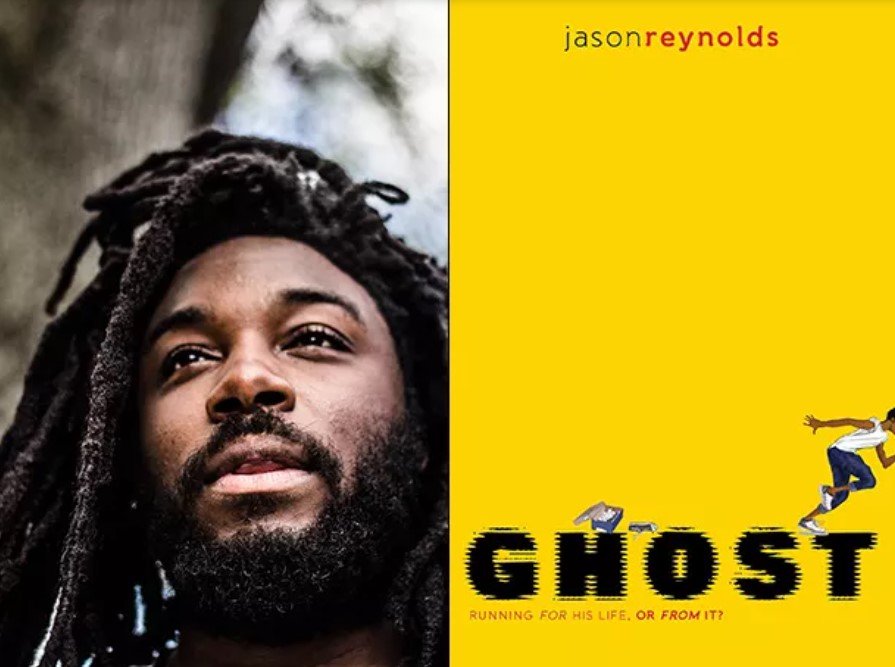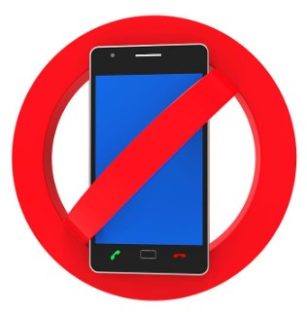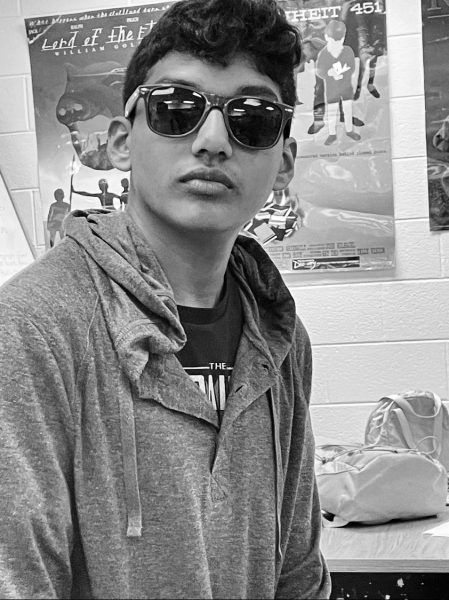Star Wars has once again had its expanded universe with the addition of Ahsoka. Ahsoka follows its title character as she tries to stop a growing threat with some help from a rag-tag group of rebels she calls friends.
The story in Ahsoka is a continuation of the ending of Star Wars: Rebels (2014) and Chapter 13: The Jedi from The Mandalorian after Ahsoka takes down Morgan Elsbeth, played by Diana Lee Inosanto. Morgan, like Ahsoka, is searching for Grand Admiral Thrawn, played by Lars Mikkelson, one of the villains from Rebels who has disappeared and poses a significant threat in restoring the Galactic Empire.
Ahsoka introduces many new characters while always bringing back some familiar faces to clash together for fantastic storytelling, visuals, action, and drama-packed together for eight episodes of entertainment… at least that is what the promotional material would have you believe.
In actuality, Ahsoka suffers from many issues throughout its short season; However, there are a lot of good and even masterful moments, unfortunately, the glowing problems outweigh them, and all that remains is a tonally inconsistent, poorly paced, substandard story that does not leave viewers satisfied. Before diving into the many issues throughout the series it’s important to know all the characters and what the story revolves around. Once again, Rosario Dawson returns as Ahsoka who’s accompanied for most of the show by Sabine Wren, played by Natasha Liu Mordizzo, and loveable droid Huyang, played by David Tennant. Another character in the show is Hera Syndulla, played by Mary Elizabeth Winstead, who noticeably has very little screen time however, she is critical of the plot and the main reasons why Ahsoka and Sabine embark on their journey together.
While many older characters return, there are a lot of new additions, Master Baylan Skoll, portrayed by the late Ray Stevenson, and his apprentice Shin Hati, portrayed by Ivanno Sakhno. Shin is a very powerful and great duelist who’s ambitious for a greater place of power in the universe. Baylan is another excellent character, he was once a Jedi but, after the fall of the Jedi Order, turned to the darkness and worked as mercenaries. Baylan’s goal is to achieve great power; however, what makes him a good character is how dedicated he is to his goals, he even avoids violence to share his views with the heroes.
The story is simple with the first 4 episodes revolving around a cat-and-mouse chase between Ahsoka and the villains as they search for Thrawn, who is trapped on the planet Peridea, in a distant galaxy. Episode five has Ahsoka exploring her memories in a very creative sequence of events and the final 4 episodes are the heroes’ preparations and last stance against Thrawn.
The best part about the final episodes is the reintroduction of Thrawn and how much of a threat he is, with even three Nightsisters, powerful masters of dark magic, bowing to Thrawn. Throughout previous shows and especially “Ahsoka”, Thrawn’s name strikes fear into everyone, and it is immediately displayed by showing how manipulative, calculated, and powerful he is.
After finding Thrawn, the most important moments of the show start coming one after the other. After Sabine finds Ezra, played by Eman Esfandi, a battle ensues between them and Shin but Thrawn’s battle tactics allow, in a shocking turn of events, the battle to be lost by the heroes and once again leaves them scattered across galaxies, with Ezra managing to board Thrawns ship as it leaves to return to the main Star Wars galaxy, leaving Ahsoka, Sabine and Huyang stranded on Peridea.
Throughout the show there is plenty of good moments, many of the best scenes revolve around the character and how well-written and acted they are, the same cannot be said for Ahsoka.
For the previous two appearances of Ahsoka Tano, Dawson provided a fantastic performance, creating a more mature Ahsoka while maintaining some of her best traits: snarkiness, selflessness, and sense of humor, yet most of these qualities are missing in her show. Dawson confusingly delivers a very flat performance, which makes Ahsoka appear more jaded and void of life. By contrast, most of the other characters are full of personality, Sabine and Hera are much more entertaining characters and their roles in the story are much more interesting, which leads to the biggest issue with Ahsoka.
This show is not an “Ahsoka” show, this is a Live-Action sequel to Star Wars Rebels. Many characters from Rebels return with the plot heavily focusing on finding Thrawn, a villain Ahsoka has never met until the finale of this show. Sabine is the true main character, she has a complete story arc, with her views, goals, and struggles being the focus of the season. What emphasizes this further is an issue that was seen in the Book of Boba Fett and Kenobi, where the main character stops being the focus of their own story. Ahsoka is absent for the entirety of an episode as well as the majority of the following one, while it is important to develop characters, it shouldn’t be replacing the main one.
Although Sabine is the true focus, her motivation completely goes against her characterization in Rebels. She wants to find Ezra using the map to Thrawn, however, finding Thrawn could lead to another galactic war. This makes no sense especially since Rebels had Sabine putting an end to the war which Thrawn was not only a part of but already had an existing connection.
Sabine and Ahsoka also have a very complicated relationship throughout the show and must make amends with each other however they get separated from each other in episode 4 and don’t reunite until episode 7, completely taking away a lot of screen time which could’ve been used to develop their relationship naturally. In the first few episodes when they are together, there are very few scenes of them getting along, which makes their reconciliation very unearned and rushed.
Apart from the characters, the writing is also not good with dialogue. Conversations don’t feel natural, and some characters spend a lot of their screen time expositing information that they and the other characters would already know but is being repeated for the audience’s sake. Episode 5 is probably the biggest example of bad writing. The visuals tell a lot of the story but the dialogue takes over to spell it out, and conversations also feel unnatural. Ahsoka has flashbacks to her past with her master saying there is a lesson to be learned from the past, however, the scene transitions to a foggy battlefield with Clone Troopers running towards danger as others lying injured and dead across the battlefield while blasters fire in the background. Then Ahsoka says “This is the Clone Wars!” and “This is one of our first missions, why are we here?”
The episode has already explained what is happening and why it’s happening, yet the characters once again explain it rather than having the music and visuals set the scene and tell the story. There are many more examples of this kind of writing throughout all the episodes and it becomes distracting, especially after a scene with characters that have good chemistry with each other.
The writing impacts much more than just dialogue and story, it also affects the action. Cinematography and writing join together to create action. Star Wars is known for amazing action however the action in Ahsoka is incredibly boring and has no impact on the story. One of the opening episodes has Sabine getting stabbed by a lightsaber. After miraculously surviving a wound that goes through her entire body she takes no time to heal and goes right back to fighting in the following episode. A lot of the action is also very slow and has almost no weight to the battles, particularly with Ahsoka most likely due to the prosthetics Dawson wears on set, yet this has never been an issue in previous live-action appearances. The major issue with Ahsoka’s fight scenes is how they contrast to good action. There will be fights between other characters that are incredibly well-choreographed and fast-paced then Ahsoka will battle the same characters and the fight turns into the equivalent of toddlers hitting each other with sticks. This wouldn’t be too bad if it didn’t impact other characters. In the finale, Ezra, Sabine, and Ahsoka fight as a team but inexplicably, all the speed and power behind Ezra and Sabines has changed, and fight more like Ahsoka: slow and sluggish, which contradicts what was previously shown. The bad action scenes can bring down a lot of the episodes, however, the finale is what hurts the most as almost everything within the episode is great aside from the noticeable bad action.
Ahsoka had a lot of great aspects unfortunately none of them revolved around Ahsoka. It’s clear that the writers are capable of writing likable characters and interesting plots however it’s clear the priority asAlthough many great Star Wars aspects are present, including music, visuals, and makeup, the good parts of the story and characters are glimpses throughout the show.
Ahsoka is a fan favorite across many Star Wars fans, and to many, it is very disappointing how her first “solo” show did not respect the character established in previous media.









Junior • Oct 27, 2023 at 8:13 am
Dave Filoni somehow created Ahsoka and Clone Wras yet couldn’t make a show about his creations good